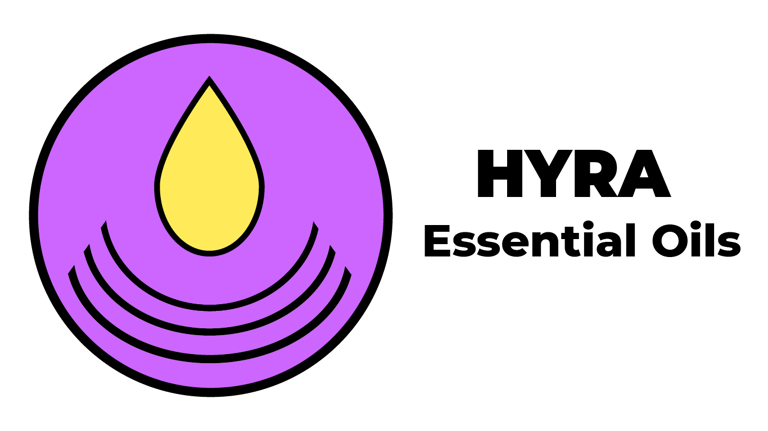
Why Lavender is the Perfumer's Most Versatile Ingredient
Discover the timeless role of lavender in perfume. Learn about its fragrant history, its unique chemistry, and how perfumers use lavender essential oil and water as a versatile top, middle, and base note in fragrances.
6 min read
Table of Contents:
1. A Fragrant History: Lavender's Journey in Perfumery
2. Lavender's Starring Role in the Iconic Eau de Cologne
3. The Science of Scent: What Makes Lavender Smell So Good?
4. Top, Middle, or Base note? Where Does Lavender Fit?
5. Lavender Oil vs. Lavender Water: What's the Difference?
6. The Enduring Popularity of Lavender in Perfumery
In the world of perfumery, the allure of scent is both an art and a science, an intricate dance of aromatic compounds designed to capture emotion, memory, and beauty. Among the most cherished natural ingredients in this craft is Lavender (Lavandula angustifolia), celebrated not only for its calming properties but also for its delicate, complex aroma that blends seamlessly into countless fragrance compositions.
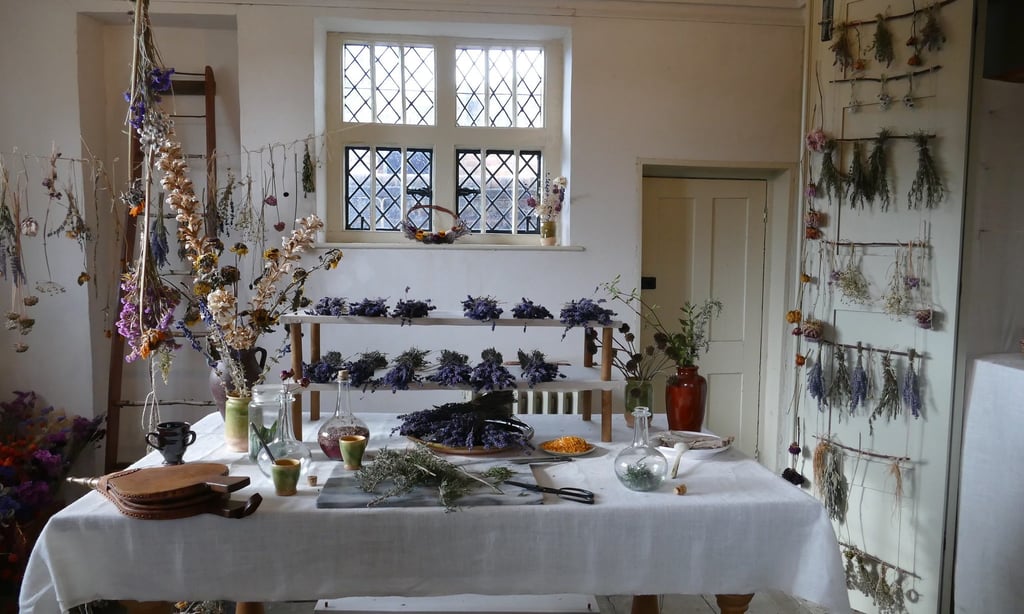

17th-century still room at Ham House, England - the still room was a working room, part chemistry lab, part compounding pharmacy, part perfumery, part beverage factory, and part kitchen.
Photo Credit: John Hackston
Historically, lavender oil and water were used not just as a personal fragrance, but also in household rituals: deodorizing rooms, flavoring drinks, or even warding off illnesses. Herbs like lavender and meadowsweet were strewn across floors, and herb-based fumigations were common practice in an effort to cleanse and perfume the air.
The domestic use of lavender extended well beyond distillation, particularly through the creation of lavender bags that gained tremendous popularity in centuries past and reached their zenith during the Victorian era. These charming accessories were crafted simply from pieces of cotton, fashioned into round or square pouches, which were filled with dried lavender flowers and elegantly tied with ribbon. Their purpose was both practical and aesthetic - perfuming the contents of drawers, wardrobes, and rooms while serving as natural insect repellents.
A Fragrant History: Lavender's Journey in Perfumery
The Romans were among the earliest to recognize lavender's cleansing and fragrant properties, steeping the leaves and stems in their bath water—a practice that established lavender's enduring association with cleanliness and personal hygiene. It was gradually introduced as a cottage plant in Britain where lavender was distilled in the country house “Still-rooms” of aristocratic households. Ladies of leisure would gather to witness the art of distillation. These distillations, often enhanced with herbs and sweet wine, created aromatic waters that blurred the lines between perfume and medicinal tonic.
Lavender's Starring Role in the Iconic Eau de Cologne
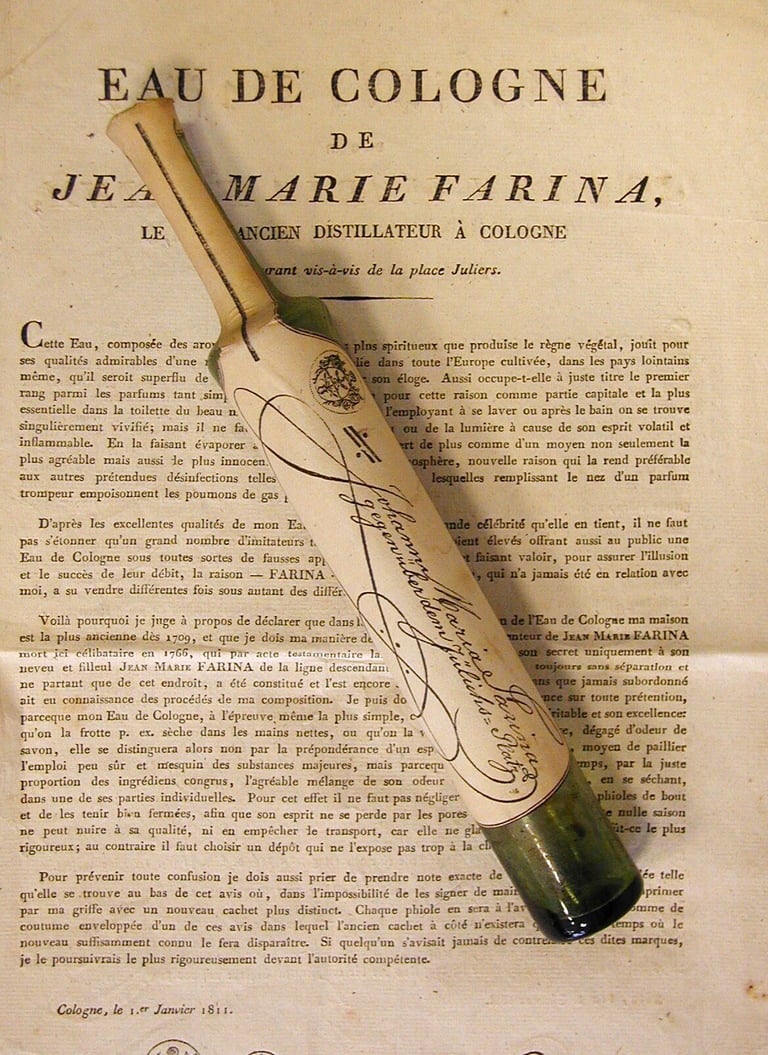

Lavender has played a key role in the history of perfumery, particularly in the creation of the legendary eau de cologne. This iconic fragrance dates back to the 17th century when Italian perfumer Giovanni Paolo de Feminis introduced a scented water in Cologne, originally for medicinal use. Though he claimed the formula came from a monk, it likely originated from English military doctors in India.
His grandson, Giovanni Maria Farina, later refined the formula into what he called 'Eau de Cologne,' named in honor of his new hometown. In 1708, Farina wrote to his brother Jean Baptiste: "I have found a fragrance that reminds me of an Italian spring morning, of mountain daffodils and orange blossoms after the rain." This poetic creation transformed the mixture from a remedy to a luxury fragrance, gaining fame across Europe and eventually inspiring other creations like '4711 cologne' in 1879, which attracted admirers such as Wagner and Napoleon.
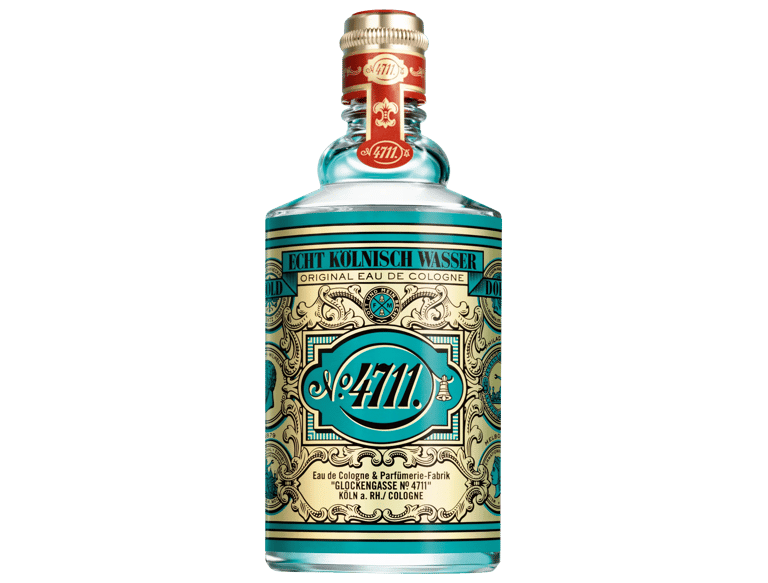

An eau de cologne by Giovanni Farina (1811).
The Original Eau de Cologne 4711, named after its location at Glockengasse No. 4711, was developed in the 18th century by Wilhelm Mülhens and has been produced in Cologne since at least 1799, making it one of the oldest fragrances still in production worldwide. Its closely guarded formula features seven main ingredients that have remained unchanged since 1792: lemon, orange, bergamot, lavender, rosemary, petitgrain and neroli—a blend celebrated for its beneficial effects on body, mind and soul.
Present version of the 4711 Original Eau De Cologne.
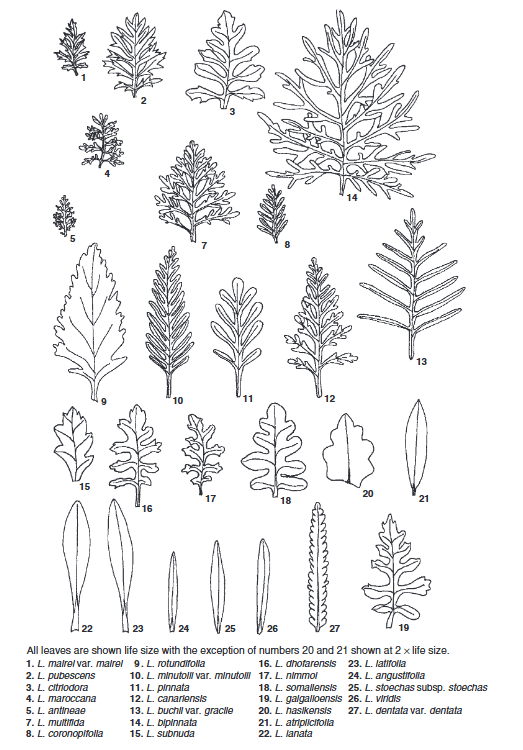

The Science of Scent: What Makes Lavender Smell So Good?
Lavandula Angustifolia, commonly known as English lavender, produces one of the most precious essential oils in the fragrance industry. The superiority of this particular species lies in its exceptional chemical composition, particularly its remarkably low camphor content (up to 1.5%), which eliminates the harsh, medicinal odor characteristic of other lavender varieties.
The essential oil, extracted primarily from the flowering tops of the plant, gets its signature scent from high concentrations of linalyl acetate (25–47%) and linalool (up to 45%).
Linalool is a naturally occurring alcohol compound that gives lavender its characteristic floral scent.
Linalyl acetate is an ester formed from linalool and acetic acid, contributing the sweet, fruity notes.
Additional constituents include terpinen-4-ol (up to 8%), limonene (up to 1%), and 1,8-cineole (up to 3%), each contributing to the oil's complex olfactory signature. The resulting essential oil presents as nearly colorless to pale yellow, offering a sweet, floral herbaceous scent enhanced by refreshing balsamic-woody undertones.
The diversity of leaf shapes and forms found within the genus Lavandula. Source: Lis-Balchin, M. (Ed.). (2002). Lavender: the genus Lavandula. CRC Press.
Top, Middle, or Base notes? Where Does Lavender Fit?
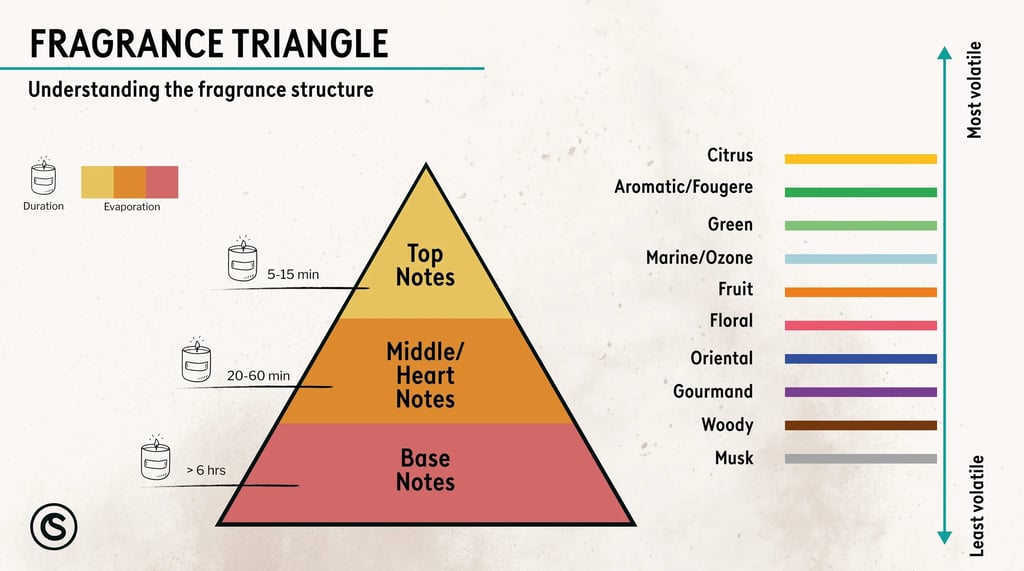

Understanding the art of perfumery requires appreciating the sophisticated architecture that underlies every successful fragrance composition. Modern perfumery relies on the concept of the olfactory pyramid, a structural framework that organizes aromatic components according to their volatility, intensity, and temporal development. This three-tiered system creates a harmonious progression of scents that unfolds over time, with each layer contributing to the overall olfactory experience while maintaining balance and complexity.
Perfumes are typically structured into three distinct categories based on volatility and the duration of their scent projection.
Photo Credit: Candle Shack BV
🟣Top Notes: The Initial Impression
These are the most volatile and provide the first impression of a fragrance: light, fresh, and short-lived. Lavender is often used as a top note thanks to its fruity-sweet opening and its ability to create an instant sense of freshness. Its versatility allows it to contribute a crisp, sweet introduction while also providing gentle support to more complex blends. The citrus family, including bergamot, lemon, grapefruit, and orange, is widespread in top notes for the zesty, uplifting effect. Other popular top notes include juniper, mint, and light spices like cinnamon.
🟣Middle Notes (or Heart Notes): The Core of the Fragrance
These give body to the fragrance and emerge just as the top notes fade. They are typically floral or spicy and last up to 1 hour, common examples include rose, jasmine, ylang-ylang, geranium, and clove.
🟣Base Notes: The Lasting Impression
Base notes are the foundation of the fragrance. They appear once the top and middle notes have evaporated and can linger for several hours, sometimes even all day. Rich and grounding, these notes provide depth and longevity. Common base ingredients include sandalwood, vanilla, patchouli, and amber.
While rose is traditionally a heart note, in higher concentrations or in richer compositions, it may also function in the base to reinforce complexity and warmth.
Lavender Oil vs. Lavender Water: What's the Difference?
Lavender essential oil and lavender water are two aromatic products derived from the same plant, yet they offer different experiences. The essential oil is a highly concentrated extract known for its potent fragrance and therapeutic properties, while lavender water is a gentler derivative, appreciated for its subtle scent and versatility. The comparison below highlights their unique characteristics, helping you choose the one that best suits your needs.
The Enduring Popularity of Lavender in Perfumery
Today's perfumery industry continues to celebrate lavender's timeless appeal, from fresh colognes to luxury designer fragrances. Whether used as a starring ingredient in a lavender-focused fragrance or as a supporting player in a complex composition, lavender essential oil and water remain indispensable tools for perfumers seeking to create memorable, emotionally resonant fragrances. Its ability to evoke calm, cleanliness, and natural beauty makes it particularly valuable in our complex world. In an industry constantly seeking breakthroughs, lavender remains a testament to nature's most perfectly crafted fragrances.
At Hyra, we are proud to continue this centuries-old legacy by offering premium-grade Lavender essential oil and hydrosol, sourced from the heart of Bulgaria’s most renowned lavender-growing regions. Whether you're a perfumer, skincare brand, or aromatherapy practitioner, our organic and conventional lavender products are crafted to meet the highest standards of purity and aroma. With deep respect for tradition and a commitment to quality, Hyra brings the essence of Bulgarian lavender to the world.
References:
Lis-Balchin, M. T. (2012). Lavender. In Handbook of herbs and spices (pp. 329-347). Woodhead Publishing.
Van Toller, S., & Dodd, G. H. (2013). Perfumery: the psychology and biology of fragrance. Springer Science & Business Media.
Saeed, F., Afzaal, M., Raza, M. A., Rasheed, A., Hussain, M., Nayik, G. A., & Ansari, M. J. (2023). Lavender essential oil: Nutritional, compositional, and therapeutic insights. In Essential Oils (pp. 85-101). Academic Press.
Sharmeen, J. B., Mahomoodally, F. M., Zengin, G., & Maggi, F. (2021). Essential oils as natural sources of fragrance compounds for cosmetics and cosmeceuticals. Molecules, 26(3), 666.
Wells, R., & Lis-Balchin, M. (2002). Perfumery uses of lavender and lavandin oils. In Lavender (pp. 208-213). CRC Press.
Lis-Balchin, M. (Ed.). (2002). Lavender: the genus Lavandula. CRC press.
